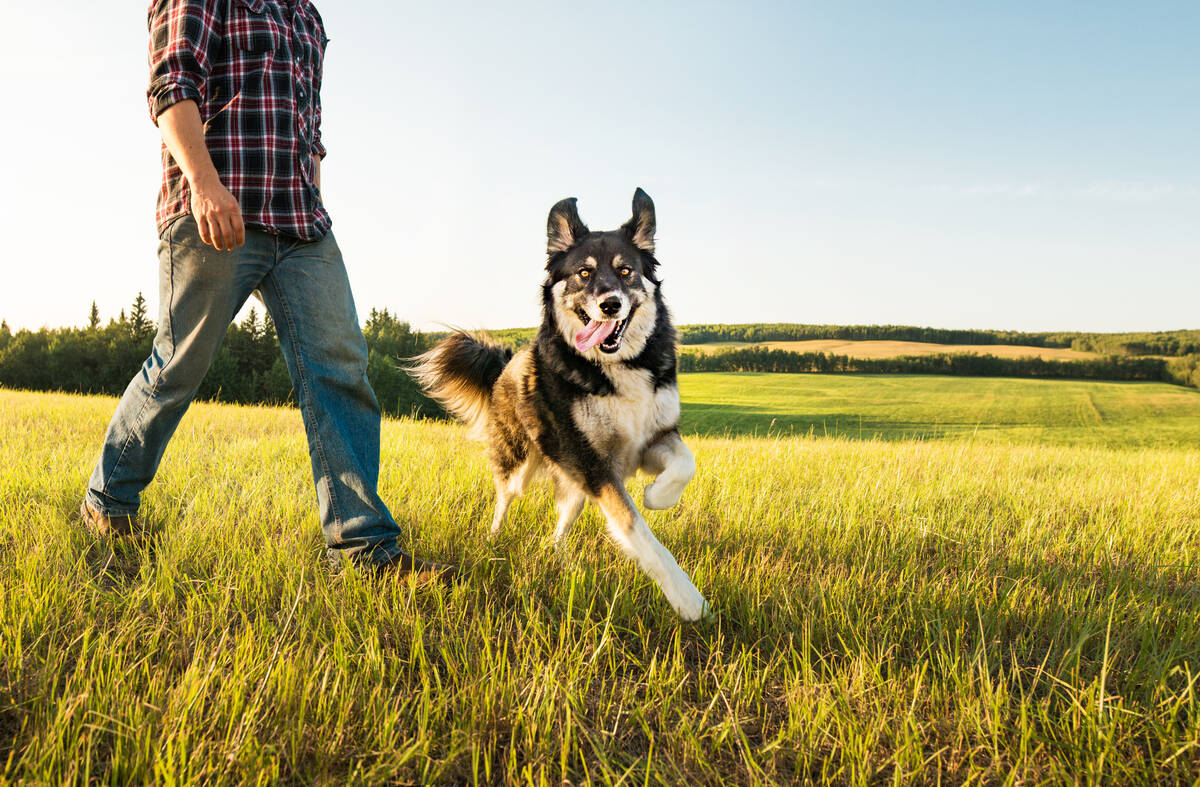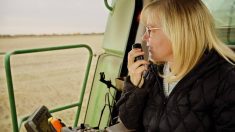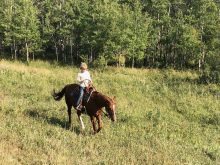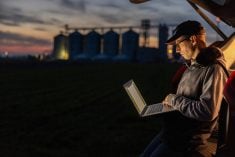In today’s world we are subject to constant advertising for different styles of exercise. Somehow all of them seem to be the latest, greatest workout strategy to accomplish the standard goals: desirable body composition, mobility, strength.
The thing is, though, many of the marketed “best” workouts are often completely inaccessible to the average Joe or Jane and, when we really break them down, not so uniquely better than any one other form of exercise either.
In my opinion, as someone who has worked in the health, fitness and physical rehabilitation fields for more than a decade, the best form of exercise is the one that is the most enjoyable, sustainable and accessible to you. This means the best form of exercise will change with your season of life, based on different weather, health concerns or goals, interests and energy capacity.
Read Also
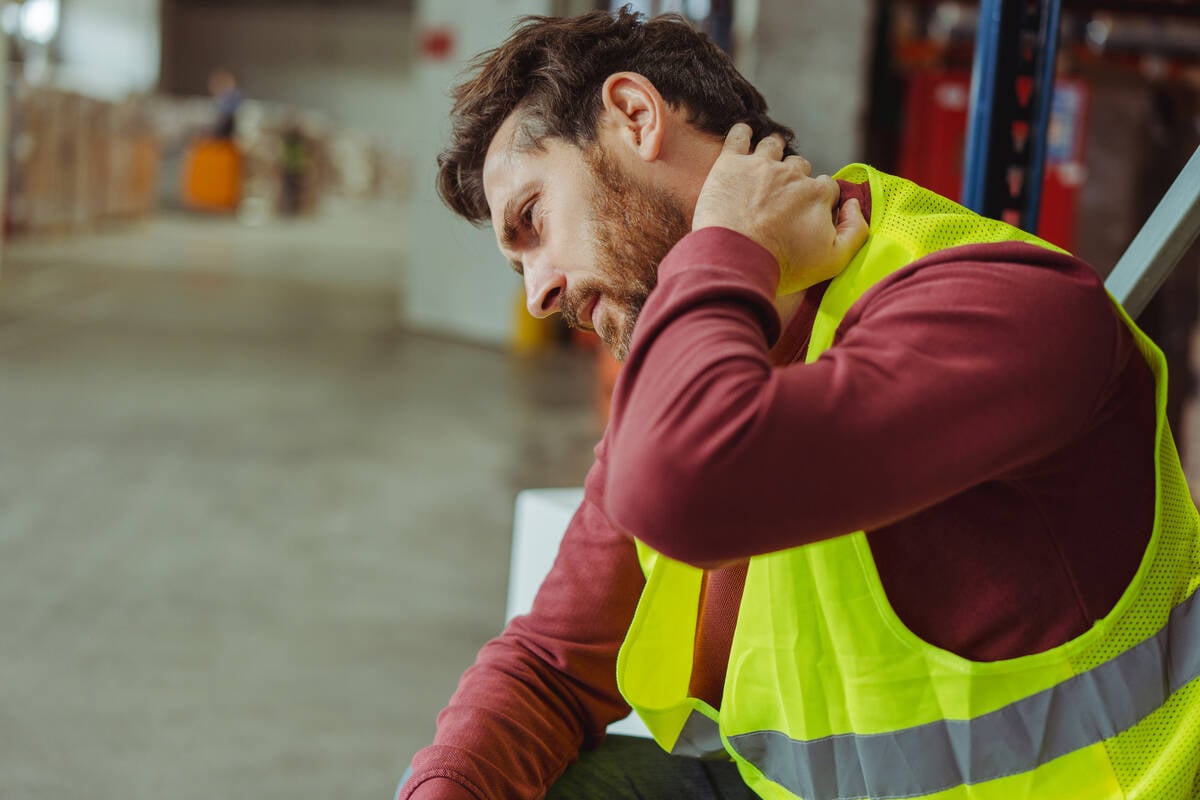
Gentle treatments for pain in the neck
Heading toward year-end, people unknowingly tense up against the cold and busyness, causing neck pain that can often be treated with appropriate support and gentle mobility, athletic therapist Kathlyn Hossack says.
For many of us, taking a few moments daily or a few times weekly to do some basic mobility, balance and light cardio (a 10- to 60-minute walk, for example) is sufficient for our most basic health needs, both physical and mental. Most accessible movement practices can be done in-home with minimal or no equipment, though many prefer to go to community fitness centres for social and accountability purposes.
Research shows us all of us benefit from some form of resistance training on basically all levels of our biology. Building capacity to move weight with body awareness is valuable to support our joint health, bone density, metabolism and nervous system capacity when done consistently. For some this may be accomplished in daily life activities, if they include regular manual labour — such as lifting or carrying loads of more than 25 pounds regularly, or moving bales by hand. As long as you’re focusing on good form and intention, the things you’re doing already likely check this box and you might choose to focus on what I mentioned above: a few moments daily or often to care for your body’s other needs and support healthy rest and restoration through mobility and light cardio.
For those not subjected to resistance training through lifestyle, finding ways to add one to three sessions a week of, say, weight lifting, active yoga, calisthenics or pilates can be beneficial. Research shows us strength-based training, specifically where we focus on intentionally lifting, moving and carrying loads at higher percentages above our body weight, is an important ingredient to healthy longevity for our bones, soft tissues, nervous system, metabolism and mental health. The old adage of “use it or lose it” applies here.
Get diversified
Getting the “right” amount of movement and exercise in today’s world can often feel like a bigger stressor than the nature of exercise itself. In my opinion, it’s more important we find ways that feel practical and attainable, rather than force a form of exercise on you that simply doesn’t fit or feel good. We are designed to move regularly and in a diverse set of ways. If your daily life includes low diversity in movement (you’re working in an office setting, driving or sitting a lot of the time), then engage in movement practices that explore a wide range of motions and styles, mixing in some strength, mobility and sustained cardio (20 minutes or more). Otherwise healthy adults do well with a session of intentional movement of any kind, two to five days a week. These could be 10 minutes, an hour or anything-in-between-long sessions.
For those in bodies with health needs that may require a more direct approach to exercise (such as chronic disease, pain or recovering from injury), you may need to be more intentional with what forms of exercise you focus on and how often you bring those in. I highly recommend working with exercise-based professionals (athletic therapists, exercise physiologists, well-trained personal trainers, kinesiologists as some examples) to support you in finding ideas and plans that work well for you in this season of life and support your health needs and goals.
If you are feeling a bit overwhelmed with where or how to start adding intentional movement into your life, find something that feels interesting but almost too easy and start there. That might be one or two stretches or yoga positions you find on YouTube that you can already do, and taking those in at a scheduled point in your day. Or perhaps it’s an extra 10-minute walk with the dog or your family a few more times in the week. What’s important is that you can bring your full attention to the activity and it’s easy enough you can return to it regularly.
As always, if pain, illness or injury prevent you from engaging in regular movement practices and limiting your quality of life, please reach out to your health care provider or consult a trained professional and access support for your path forward.

